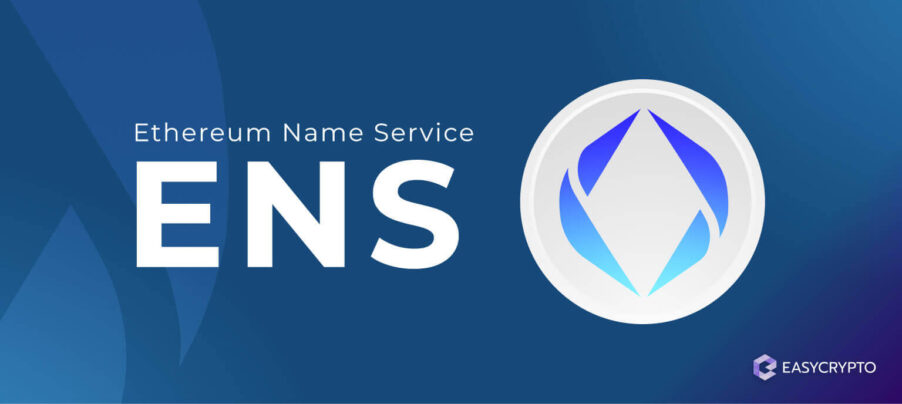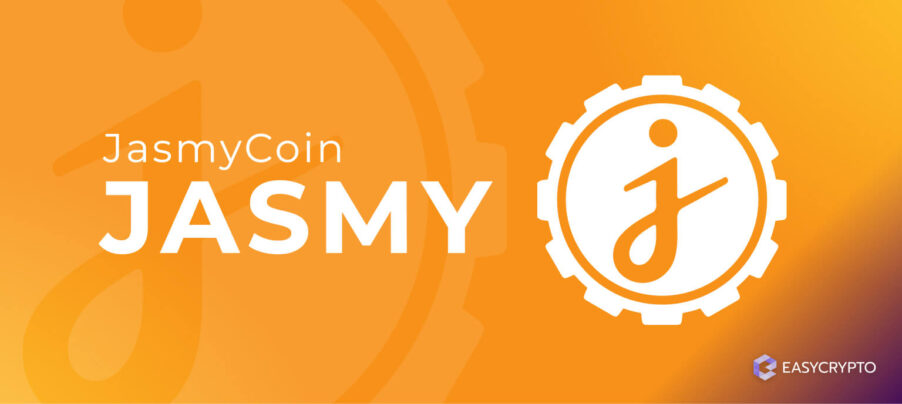What is TrueUSD (TUSD)? The Smart Stablecoin Explained
What is TrueUSD (TUSD) and how does it compare with other popular stablecoins in the crypto space. Read more to find out.
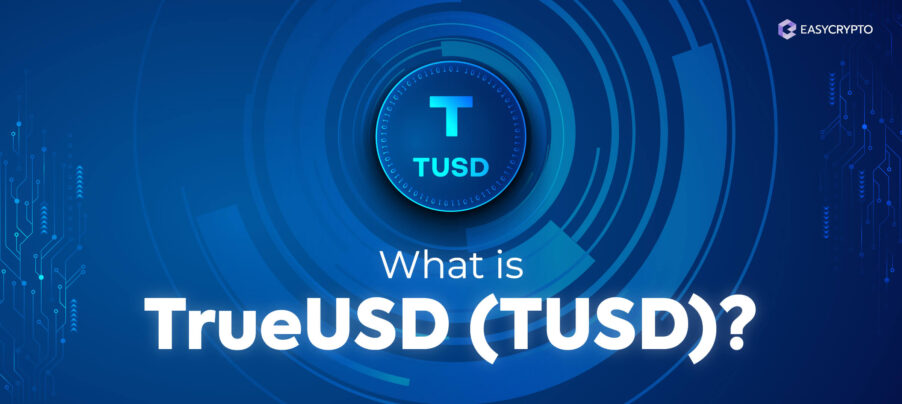

What is TrueUSD?
Stablecoins are a type of cryptocurrency that is pegged to fiat currencies or commodities. Historically, stablecoins have helped traders earn trading profits more conveniently by allowing them to interact significantly less with traditional banks each time they place a trade.
What is TrueUSD (TUSD)?
TrueUSD, or TUSD for short, is one of several well-known fiat-collateralised stablecoins in the world. Although its current market capitalisation is not as significant as the top 50 cryptocurrencies (as of Aug ‘21), when it comes to stablecoins, the brand matters more.
What makes TrueUSD so special that it’s worth your attention? This article will give an overview of TUSD, what it is, how it is used, and how it works.
Key takeaways
- TrueUSD (TUSD), is a type of cryptocurrency that has its value pegged to an external asset (such as gold, or in this case the U.S. Dollar), this type of crypto is known as a stablecoin.
- TUSD is a crypto token based on Ethereum’s ERC-20 standard and has its value pegged 1:1 with the U.S. Dollar. The token is distributed via a TrustToken platform smart contract.
- TrueUSD uses a Proof of Reserve system to ensure that the amount of circulating TUSD tokens match the reserve assets, keeping the value stable. To achieve this requires a third party to audit TrustToken’s bank accounts to ensure the reserves match the outstanding tokens.
New to stablecoins? Read our guide on stablecoins and how they work.
What makes TrueUSD different from Tether, USD Coin, and others?
Like other fiat-backed stablecoins, TrueUSD is also backed 1-to1 by US dollars which are deposited into an account. TrueUSD is a kind of debt certificate that gives the holder the right to redeem it for US dollars.
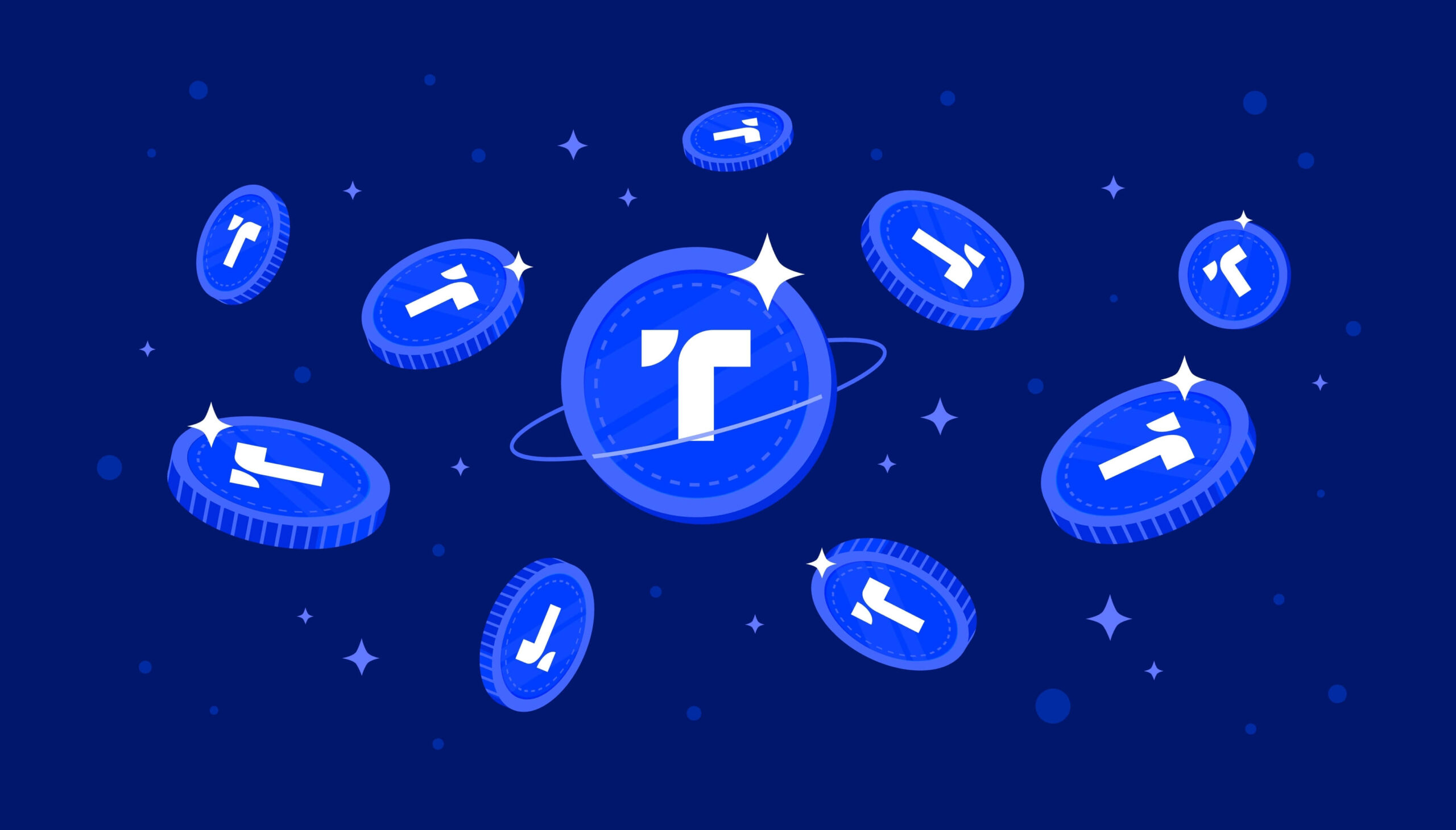
However, the mechanics of the issuance and redemption for TrueUSD is different from the two most popular stablecoins, Tether and USD Coin.
For both cases, the USD reserve is controlled by the company, Tether, Ltd. and Circle, respectively. The companies have absolute control over how they want to allocate the deposited funds based on their profit/risk tolerance.
On the other hand, the US dollars that are backing TrueUSD are held in several escrow accounts. This means that none of the members of TrustToken (the issuer of TUSD) can ever touch the deposited US dollars.
Also read: What is Tether (USDT)?
Why are escrow accounts used for TrueUSD?
The use of escrow accounts is one part of a solution that will completely eliminate intermediaries. TrustToken recognises that using escrow accounts isn’t the ultimate goal. TrustToken published a post on Medium about this.
“We recognize that escrow accounts aren’t the endgame for decentralized money and tokenized asset management, but the trust and escrow industry already work well for the management and distribution of assets.”
Implying from the blog post, there may be less reliance on escrow accounts in the future when traditional banks are more comfortable with using smart contracts.
“So until banks allow smart contract signatures, we’re building on one of the best-known, frequently-tested systems for bank account management: escrow accounts.”
In keeping with good practices of a stablecoin issuer, TrustToken also releases monthly attestations by Armanino LLP, through a Proof of Reserve. The interesting part about TrueUSD is that it is the only stablecoin in the world with real-time auditing.
What keeps TrueUSD pegged to the US dollar?
Although TrustToken has never explicitly stated the detailed breakdown of the assets in TUSD’s reserve, the involvement of escrow accounts meant that possibly TUSD is fully backed by USD cash.
Without full control of the reserve, however, it is still unclear as to how TrustToken is able to profit from TUSD operations.
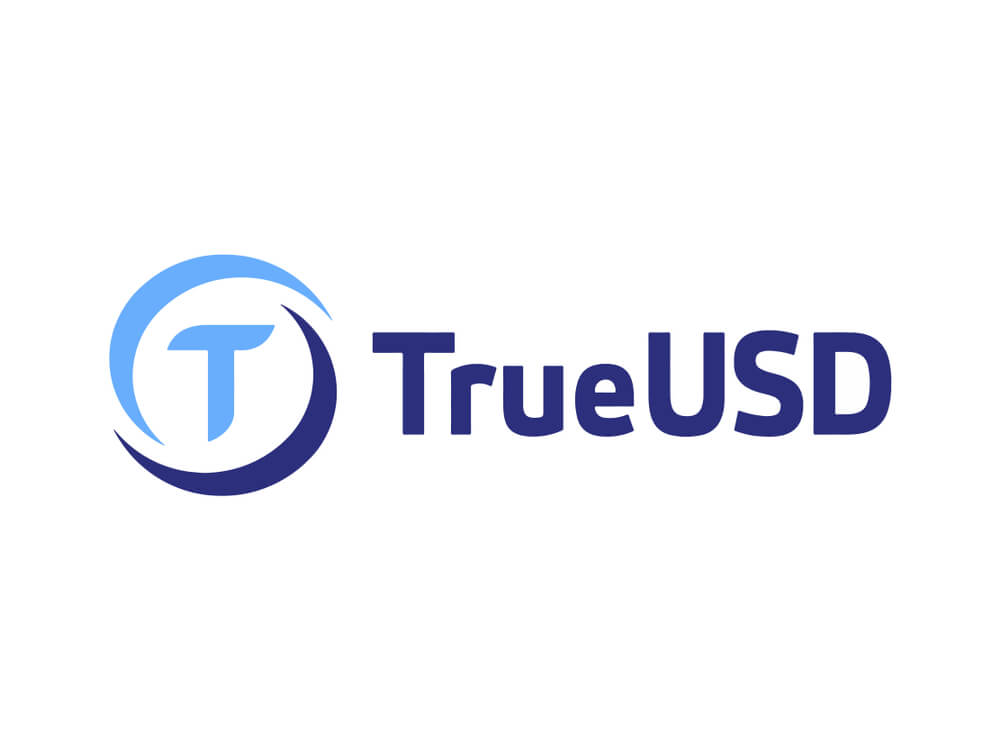
Regardless, TrustToken has many other businesses apart from tokenizing US dollars, such as tokenizing commodities, stocks, bonds, and artwork.
As the market for stablecoins matures, the company may be doing the right thing by significantly reducing third-party risks that could threaten the “true” US dollar peg of TUSD.
Related: What are stablecoins and how do they work?
How do people get TrueUSD (TUSD)?
If not through an exchange, TrueUSD can be purchased directly from the official website after completing a know-your-customer / anti-money laundering (KYC/AML) protocol.
- A user who wants to convert US dollars to TUSD sends a wire to any one of the multiple escrow accounts.
- The escrow account then automatically sends a signal to TrustToken.
- TrustToken activates its Ethereum smart contract to mint TUSD, which is sent to the user’s wallet address.
- The reverse will apply if a user wants to redeem TUSD; TUSD is sent to the smart contract of TrustToken to be “burned”.
- TrustToken then sends a signal to the escrow account to wire the appropriate amount of US dollars to the user.
Although relying on centralised financial systems (like the escrow account), the process of minting and redemption relies less trust on the issuing company. This is different from Tether and USD Coin.
In the case of Tether, users cannot buy them directly from Tether, Ltd. Instead, minted Tethers are purchased exclusively by Bitfinex crypto exchange, which then distributes the token. Circle uses a more direct route as users can buy USDC directly from Circle.
How does TrueUSD compare with Tether and USD Coin?
From looking at each of the three business models, we can make a few deductions that are self-evident:
- Tether, as the biggest stablecoin is dominant among crypto traders. With no way of directly purchasing Tethers, the stablecoin may not see much mainstream adoption.
- USD Coin acts like a bank and digital payment system, which may see greater mainstream adoption for businesses.
- TrueUSD has a more idealistic approach to tokenizing real-world assets; it can be attractive to investors looking to lend TUSD with very low risk. It is also better understood compared to algorithmic or crypto-collateralised stablecoins like Dai, so we can expect institutional investors to be confident about adopting it.
TrueUSD also has a great potential for worldwide adoption, as TrustToken had issued stablecoins pegged to other currencies — TAUD for Aussie dollars, TGBP for British pounds, THKD for HK dollars, and TCAD for Canada dollars.
Why would an investor buy TrueUSD or other stablecoins?
Stablecoins don’t appreciate in value as they are pegged to real-world assets. This doesn’t stop investors from “investing” in stablecoins, just as they would in foreign currencies. After all, the US dollar is still currently the world’s reserve currency.

Some people would even hedge their country’s currency by investing in more stable currencies, such as British pounds, Canada dollars and Aussie dollars — each can be tokenized by TrustToken.
However, another reason to invest in TrueUSD is that it is also quite popular among DeFi applications, such as for liquidity pools and peer-to-peer lending, which allows investors to earn high-interest rates.
With a near-zero risk of having liquidity problems, TrustToken can theoretically issue as much TUSD as demanded by users and can supply exactly the same amount of dollars that TUSD holders demand. This feature is what makes TUSD attractive to investors large and small.
Share to
Stay curious and informed
Your info will be handled according to our Privacy Policy.
Make sure to follow our Twitter, Instagram, and YouTube channel to stay up-to-date with Easy Crypto!
Also, don’t forget to subscribe to our monthly newsletter to have the latest crypto insights, news, and updates delivered to our inbox.
Disclaimer: Information is current as at the date of publication. This is general information only and is not intended to be advice. Crypto is volatile, carries risk and the value can go up and down. Past performance is not an indicator of future returns. Please do your own research.
Last updated October 10, 2024



